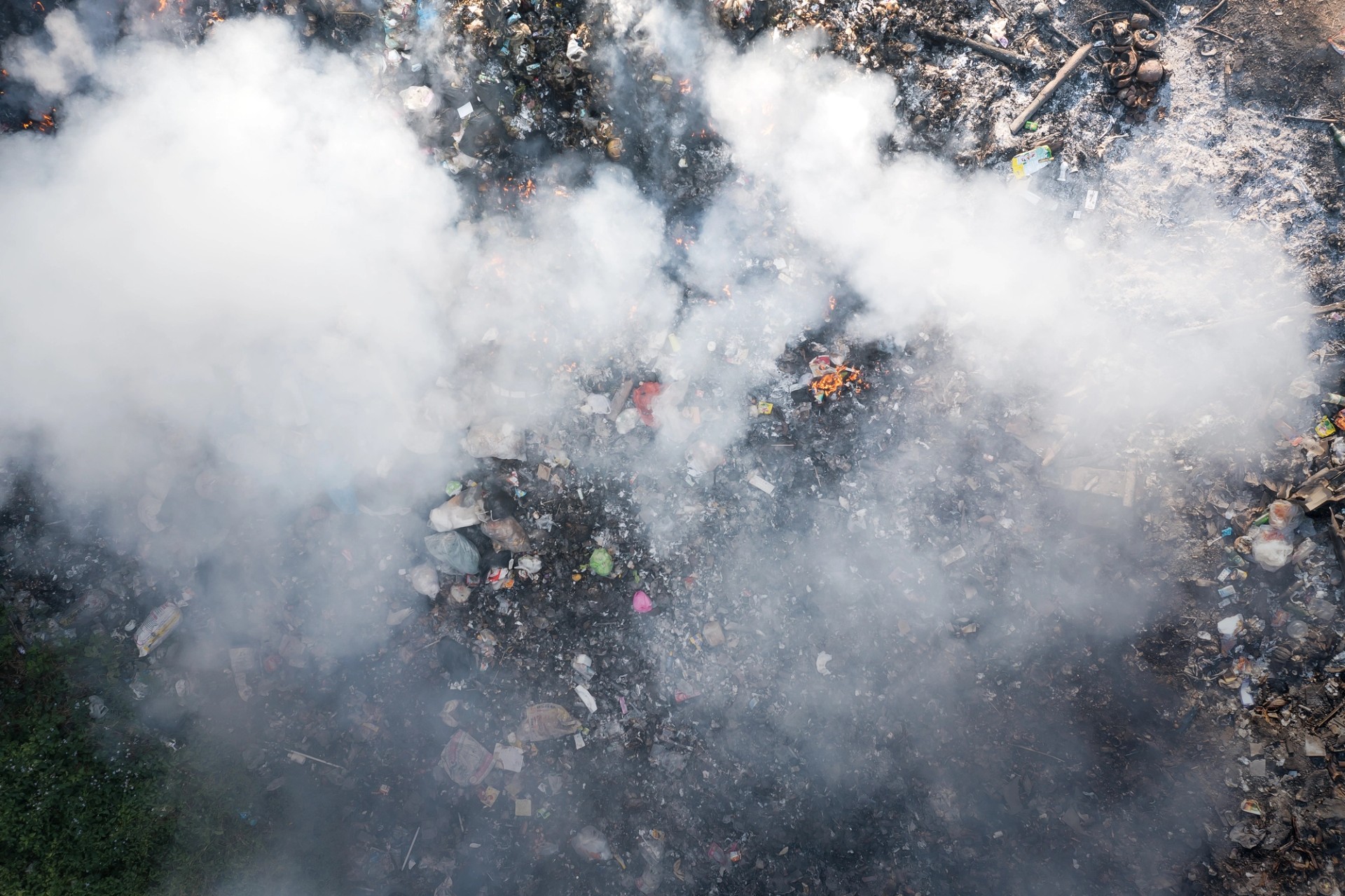For immediate release
REPORT: EPA’s lax landfill emissions regulations perpetuate a methane crisis, need updating
Analysis of EPA inspections of 29 landfills across eight states found 711 methane exceedances over federal limit, disturbing discrepancies
Elizabeth Schroeder, Senior Communications Strategist

Washington, D.C. — Inadequate federal air emissions regulations allow landfills across the U.S. to regularly leak methane well above the legal threshold set by the U.S. Environmental Protection Agency (EPA), according to a new report detailing findings from EPA inspections of municipal solid waste landfills out today from Industrious Labs. The report not only revealed 711 methane exceedances over the legal threshold of 500 parts per million (ppm), but found at least one methane exceedance at 96% of sites where EPA conducted monitoring. Further, at nearly half (48%) of these sites, EPA inspectors found multiple exceedances where landfill operators had previously reported few or no exceedances.
“Inadequate federal rules have allowed poor management practices to continue undetected for years and for methane leaks to fall through the cracks,” said Katherine Blauvelt, Circular Economy Director at Industrious Labs. “While EPA’s Office of Enforcement and Compliance Assurance is using its available resources to address methane emissions from landfills, thanks to these flawed regulations, it’s a game of whack-a-mole.”
The Hidden Cost of Landfills: How flawed landfill regulations perpetuate a methane crisis, analyzed EPA inspection reports from 29 landfills across eight states and found that these regulations allow emissions monitoring practices that are spotty, vulnerable to human error and pose safety threats to landfill inspectors. For example, at the Winnebago Landfill outside Rockford, Illinois, EPA inspectors found 59 methane exceedances, 10 times more than the five reported by Waste Connections, the landfill operator. Further, at 80% of the inspected sites, EPA found methane exceedances at a gas collection well.
“We’ve made substantial progress on environmental and climate justice since the 1979 Bean v Southwestern Waste Management Corp. lawsuit and my Houston solid waste and race study that documented for the first time the disproportionate impact of landfill siting on Black Houstonians,” said Dr. Robert D. Bullard, Director of the Bullard Center for Environmental & Climate Justice at Texas Southern University. “Yet, some things remain unchanged. In Texas, people of color are two times more likely than White people to live within one mile of a landfill. The Hidden Cost of Landfills details how flawed landfill regulations perpetuate a climate injustice that disproportionately impacts Black people, people of color and Indigenous people. Those most impacted need relief now.”
Industrious Labs’ analysis found landfill operators do not use the full suite of operational practices, tools and technologies available to track and find methane leaks, there is widespread poor “cover integrity” allowing methane to escape, and EPA’s current rules around gas collection and control systems installation and performance are weak. By updating its New Source Performance Standards and Emissions Guidelines under section 111 of the Clean Air Act, EPA can require landfill operators to adhere to a higher standard to better detect and address methane exceedances, deliver healthier air for millions of Americans and meet our global methane reduction commitments. EPA is required to review these regulations by August of this year.
"Methane emissions from landfills are not only a big problem for climate change, but for public health. Industrious Labs’s report puts in clear view how landfills across Michigan and the country leak dangerous levels of pollution regularly, with little incentives for operators to clean up their act,” said Christy McGillivray, Political and Legislative Director at Sierra Club Michigan. “Not only must EPA raise the bar for landfill management practices to keep our communities safe and our emissions in check, but Michigan has an opportunity to emerge as a national leader on cutting state methane emissions, but only if state policymakers rise to the occasion."
The inspection reports revealed methane exceedances at 73% of the inspected landfills where operators had landfill-to-gas systems to produce “biogas” or “renewable natural gas,” demonstrating how gas-to-energy systems create misaligned incentives that expand landfills and perpetuate increased pollution for surrounding communities, 46% of whom are Black, Indigenous or people of color. At the McCarty Road Landfill in Houston, Texas, where Republic Services provides RNG for Ameresco, EPA inspectors found 55 methane exceedances. At the Roosevelt Landfill in Washington, where landfill operators provide RNG to a nearby facility and reported no methane exceedances in the previous five years, EPA inspectors found 16 methane exceedances above 500 ppm, five of which were above 10,000 ppm – 20 times the legal limit.
“EPA can raise the bar for how emissions are found, captured and controlled by updating its landfill standards under the Clean Air Act, delivering healthier air for millions of Americans and helping to meet our global methane reduction commitments,” concluded Blauvelt.
Methane is a highly potent greenhouse gas, with about 80 times the climate warming potential of carbon dioxide in its first twenty years in the atmosphere. According to emissions estimates from the EPA’s Greenhouse Gas Reporting Program (GHGRP), the methane generated from U.S. municipal solid waste landfills has the same climate impact as about 74 coal-fired power plants running for a year. Scientific data shows that these numbers are dramatically underestimated. In March 2024, a large scientific study led by researchers at Carbon Mapper and the U.S. EPA confirmed significant discrepancies between reported and actual emissions.
###